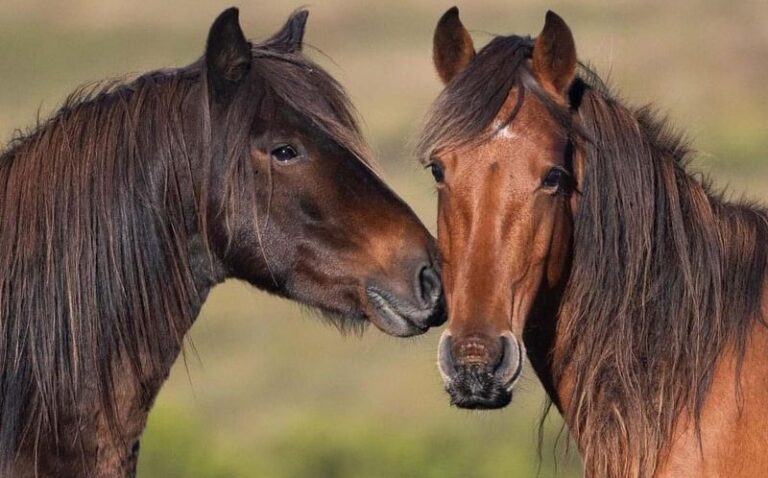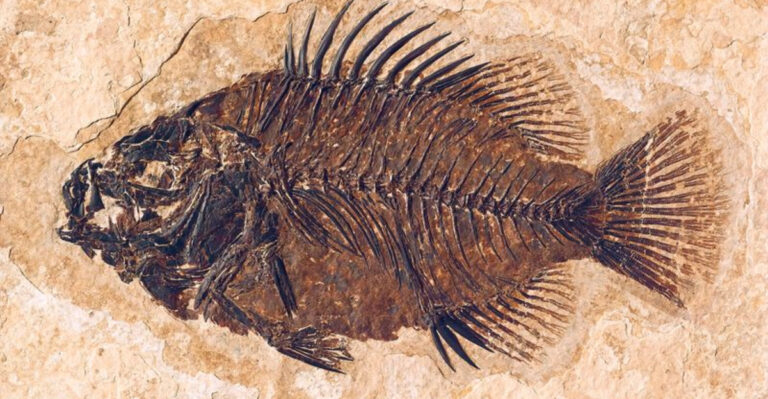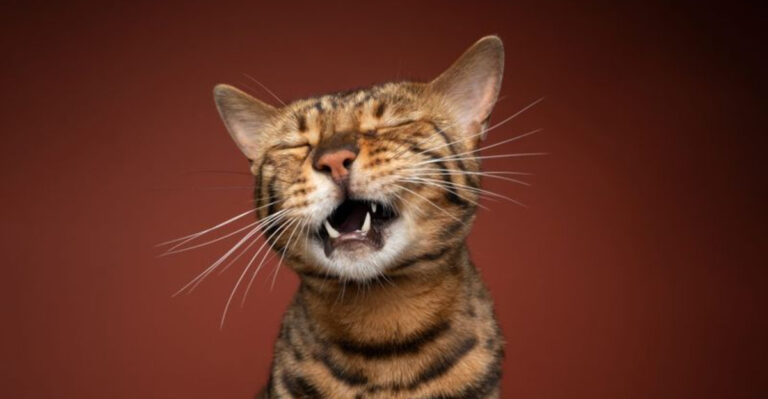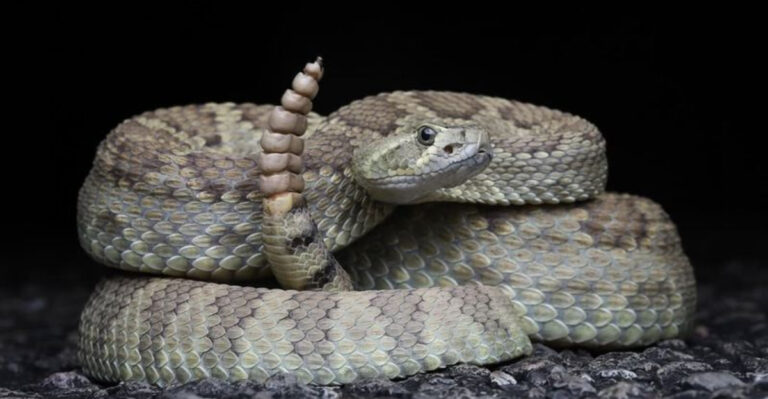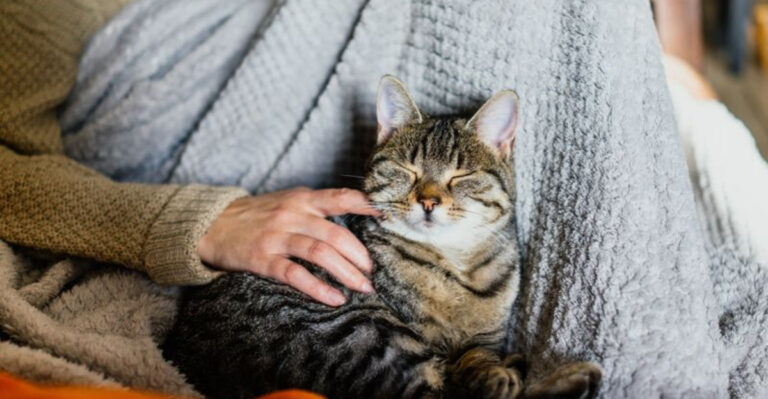14 Fascinating Facts About the Ocelot: The Mini Jaguar
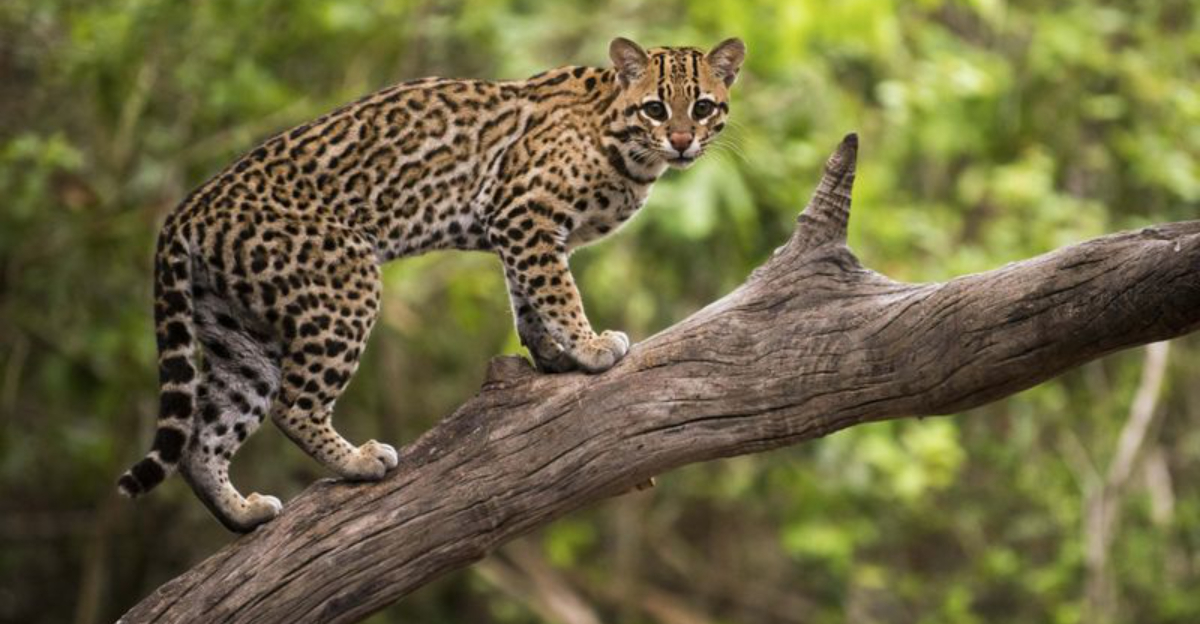
Hidden in the shadows of dense forests across the Americas lurks a stunning wild cat with spots that rival the most intricate artwork in nature. Ocelots, often called ‘mini jaguars,’ pack extraordinary adaptations into their medium-sized frames.
These elusive felines captivate wildlife enthusiasts with their breathtaking beauty and mysterious behaviors that few people ever witness firsthand.
1. Nature’s Perfect Night Vision
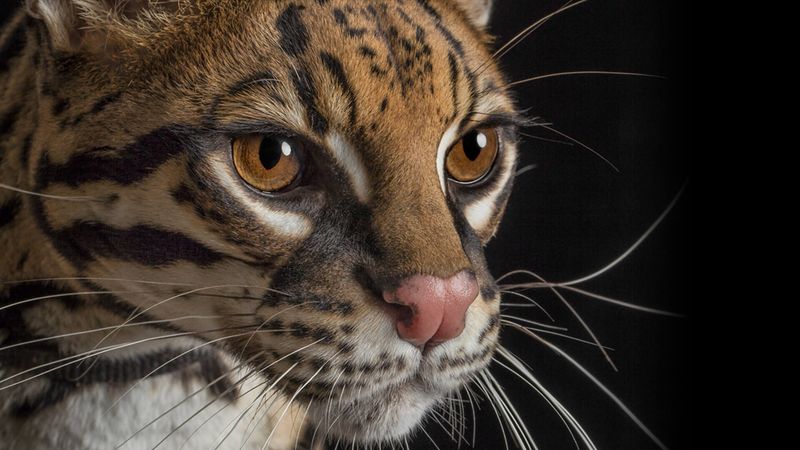
Those enormous, golden eyes aren’t just for show! Ocelots possess night vision six times more powerful than humans.
Their specialized retinas contain an abundance of rod cells that capture even the faintest moonlight. This remarkable adaptation allows them to hunt with deadly precision when the forest falls completely dark.
2. Vocal Repertoire
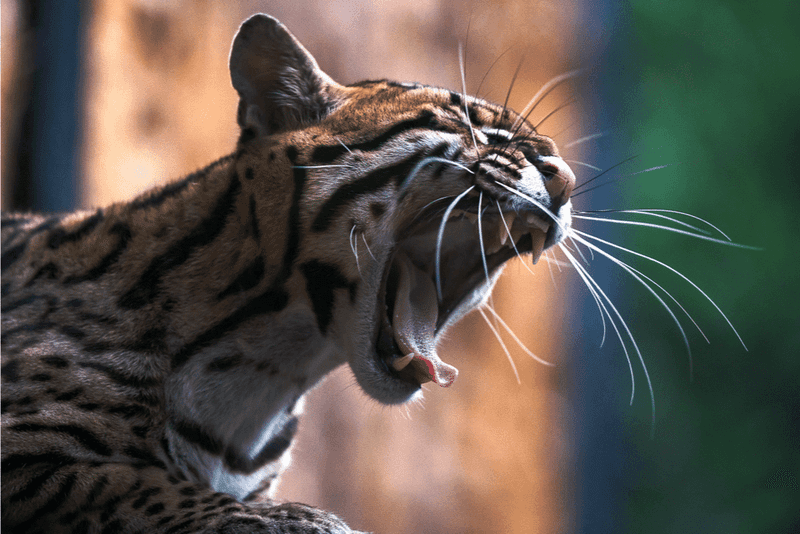
Behind those whiskers lies an impressive sound system! Ocelots communicate through a surprising variety of vocalizations including soft meows, loud yowls, growls, hisses, and even bird-like chirps.
During mating season, their distinctive calls echo through forests for miles. Mother ocelots use special purrs and chirps only for their kittens.
3. Solitary Shadow Hunters
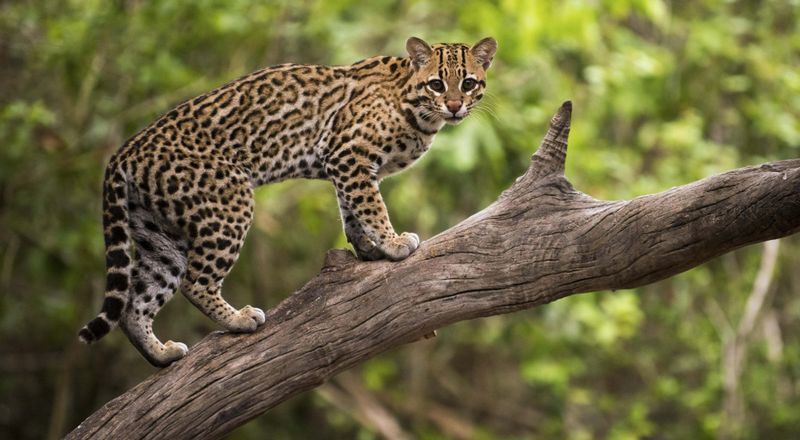
Unlike lions with their social prides, ocelots prefer the solo life. These independent hunters establish vast territories spanning up to 5 square miles for females and double that for males.
They mark boundaries with scent, scratches, and urine, keeping neighboring ocelots at a respectful distance except during mating season.
4. Spectacular Spotted Coats
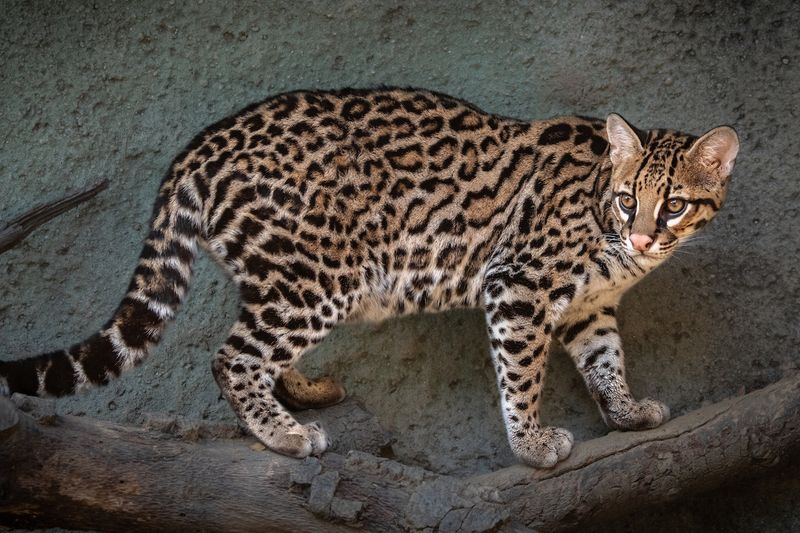
Every ocelot wears a one-of-a-kind fur pattern as unique as a human fingerprint. Their golden-yellow to tawny coats feature dark spots arranged in chain-like rosettes and stripes.
This natural camouflage breaks up their outline in dappled forest light, making them nearly invisible when motionless among leaves and branches.
5. Endangered Beauty
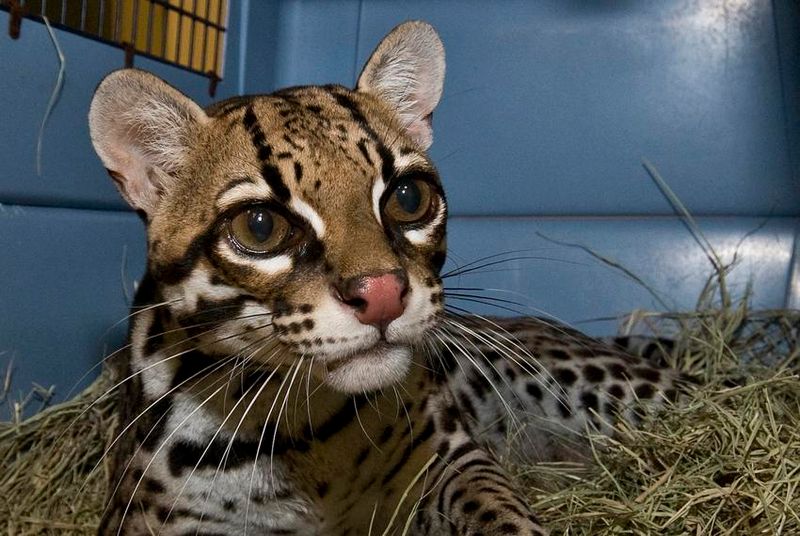
Fashion nearly drove ocelots to extinction. Between the 1960s and 1980s, over 200,000 were killed annually for their stunning pelts, which sold for thousands of dollars in fur markets.
Though now protected, fewer than 50 wild ocelots remain in the United States. Habitat fragmentation continues to threaten their survival throughout their range.
6. Swimming Champions
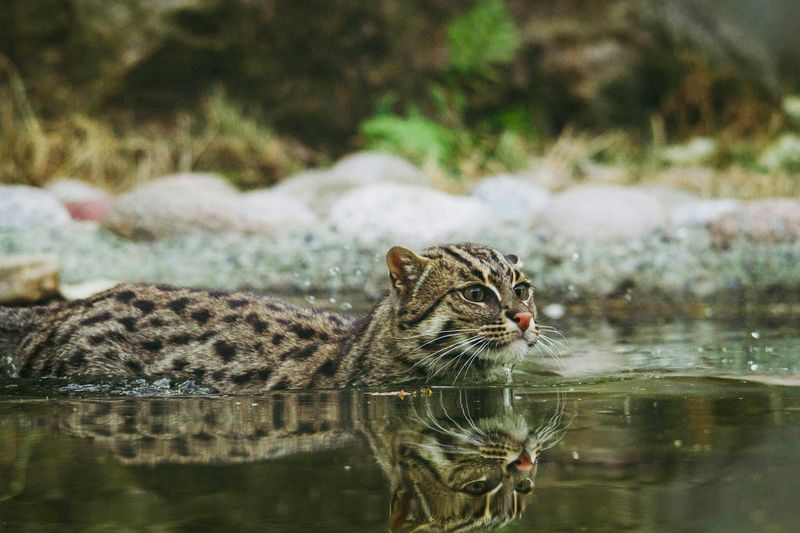
Contrary to the typical cat-hates-water stereotype, ocelots are exceptional swimmers! Rivers and streams pose no obstacle for these agile felines.
They confidently paddle across waterways with powerful strokes, sometimes even diving to catch fish. This aquatic ability helps them access prey and territory that other predators might avoid.
7. Memory Masters
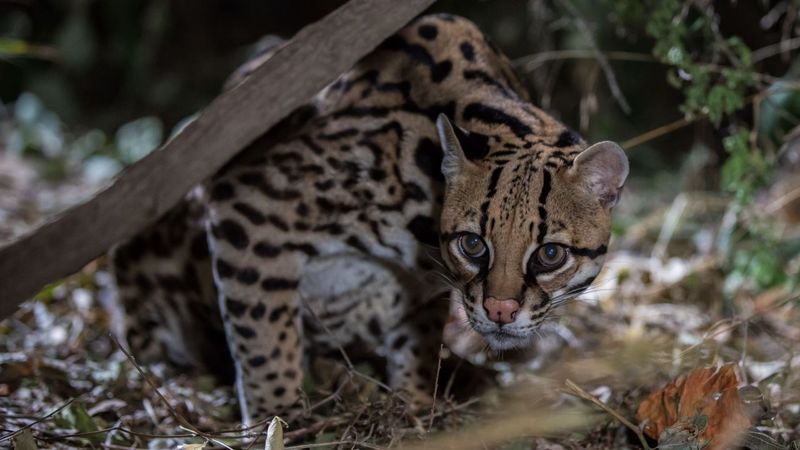
Forget GPS – ocelots navigate using extraordinary spatial memory! They create detailed mental maps of their vast territories, remembering hundreds of hunting spots, water sources, and resting places.
Research shows they rarely use the same path twice in a week, strategically varying routes to maximize hunting success and minimize their own predictability to prey.
8. Remarkable Climbing Acrobats
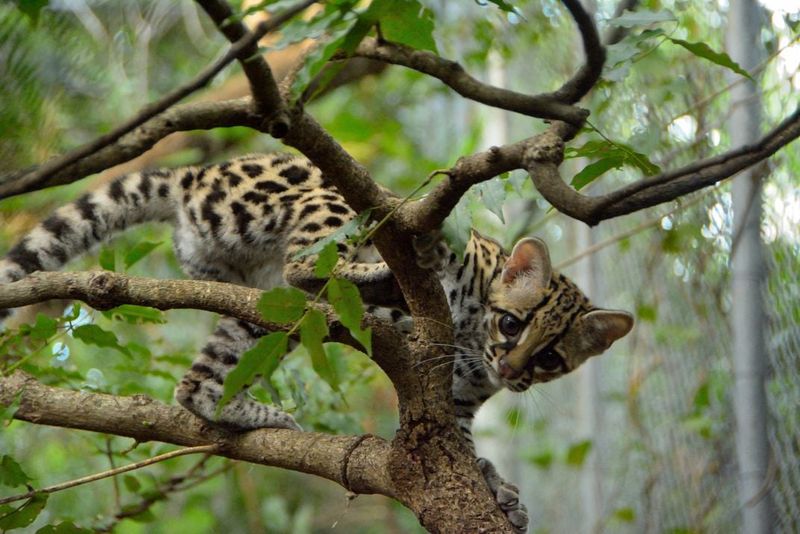
Gravity seems optional for these agile forest athletes. Ocelots can rotate their ankle joints 180 degrees, allowing them to descend trees headfirst like squirrels!
Their powerful hind legs launch them effortlessly between branches, while sharp retractable claws provide perfect grip. Young ocelots often sleep in tree hollows, safe from ground predators.
9. Twilight Specialists
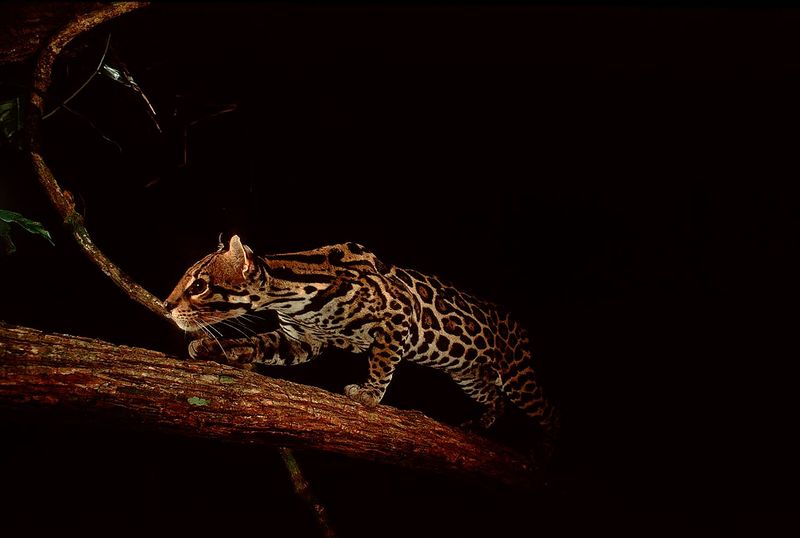
Dawn and dusk transform ocelots into their most active selves. These crepuscular hunters spring to life during these transition hours when light plays tricks on prey animals’ vision.
Their spotted coats blend perfectly with the shifting shadows of sunrise and sunset. During scorching midday heat, they typically rest in dense vegetation or cool rock crevices.
10. Opportunistic Diet
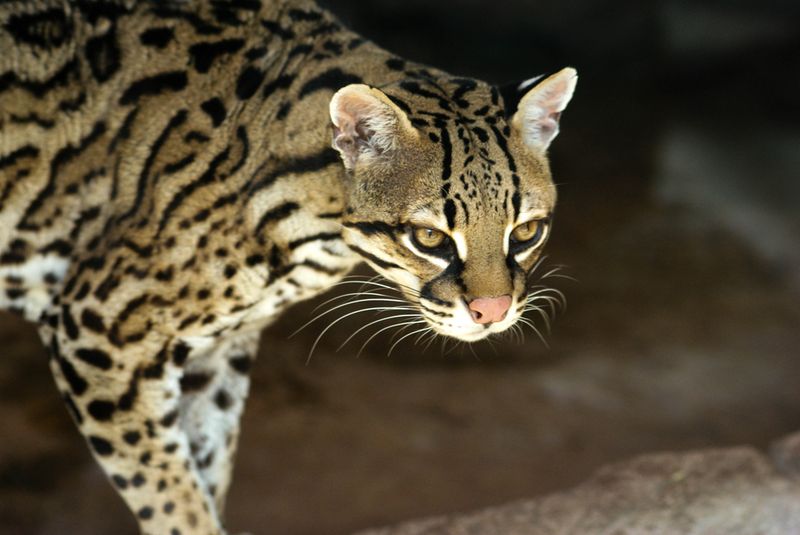
Small game beware – ocelots aren’t picky eaters! Their menu features over 50 different prey species, from rodents and rabbits to birds, lizards, frogs, and even fish.
Unlike specialized predators, this adaptable diet helps them survive seasonal changes and habitat variations. They typically consume 1-2 pounds of meat daily, hunting fresh prey rather than returning to old kills.
11. Incredible Sense Of Smell
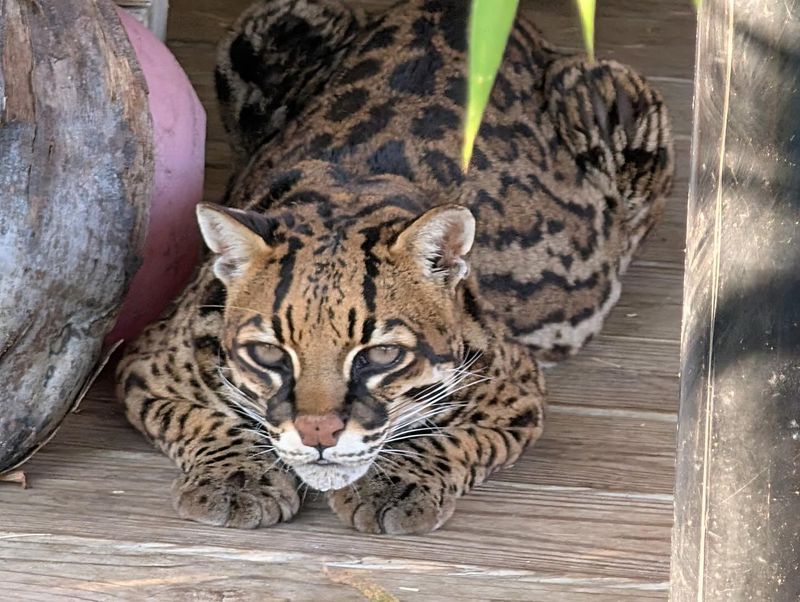
What looks like an ordinary nose actually contains a scent-detection superpower! Ocelots can detect prey hidden underground or under dense leaf litter just by smell.
Their olfactory abilities even allow them to determine if female ocelots are receptive to mating from miles away. They frequently revisit scent-marked areas to gather information about neighboring cats.
12. Meticulous Groomers
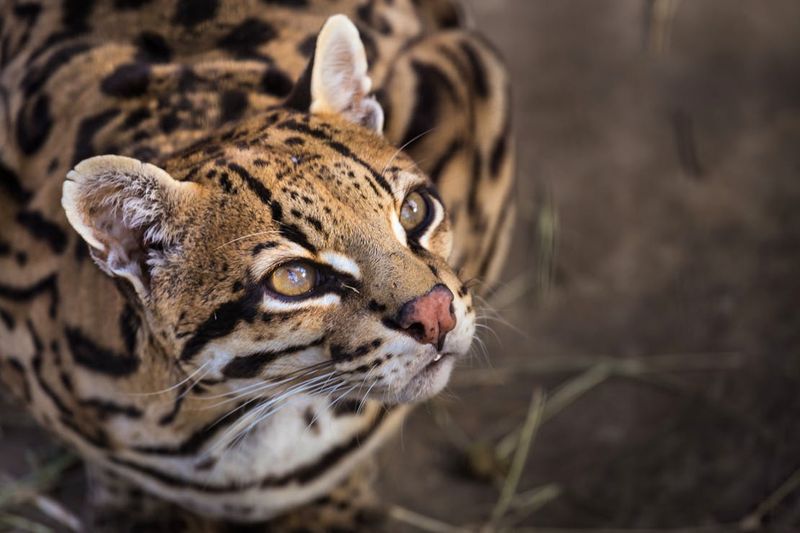
Cleanliness ranks high on an ocelot’s priority list. These fastidious felines spend up to 40% of their waking hours meticulously grooming their spotted coats.
Their rough tongues remove parasites, distribute natural oils, and keep fur waterproof. This obsessive cleaning also eliminates scents that might alert prey to their presence during hunts.
13. Slow Reproduction Rate
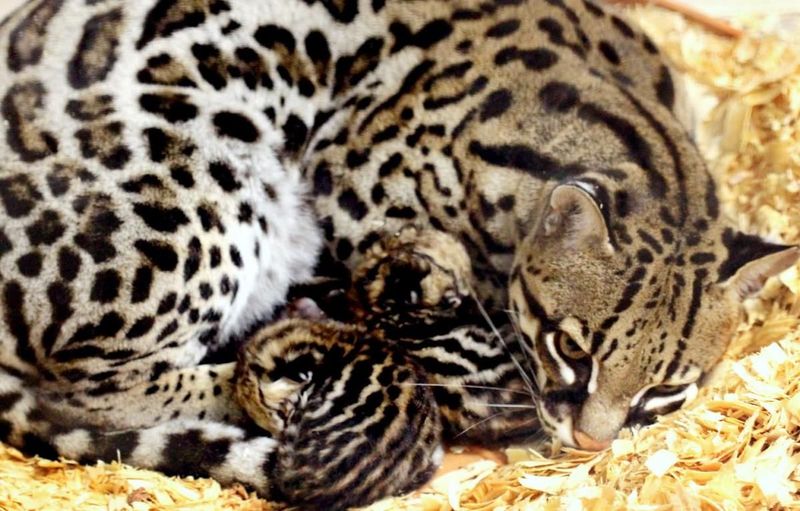
Baby ocelots are precious rarities in the wild. Females typically produce just one kitten per litter and only breed every two years – one of the slowest reproduction rates among wild cats.
Mothers invest tremendously in their single offspring, teaching hunting skills for up to two years. This reproductive strategy makes population recovery extremely challenging when numbers decline.
14. Ancient Cultural Significance
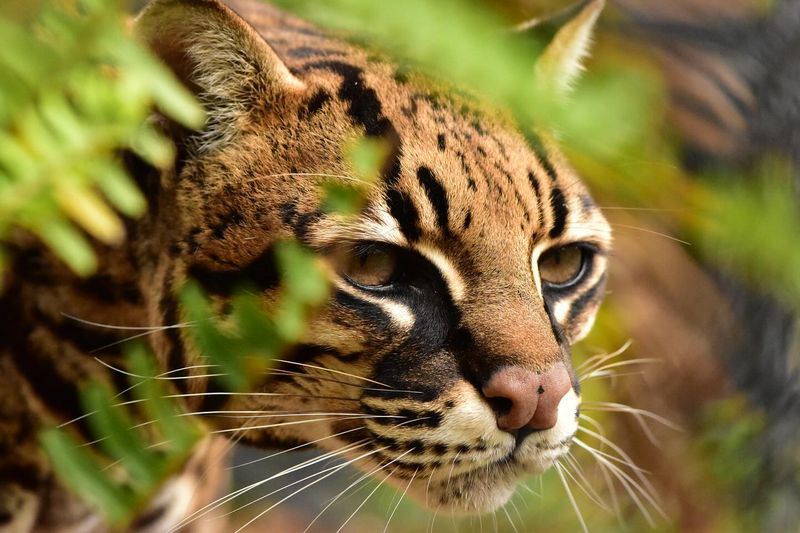
Long before scientists classified them, ocelots held sacred status among many indigenous cultures. Ancient Mayan art frequently depicted these cats as companions to gods and symbols of night, mystery, and the underworld.
Their distinctive spotted patterns inspired textile designs still found in traditional Central American weaving today.

